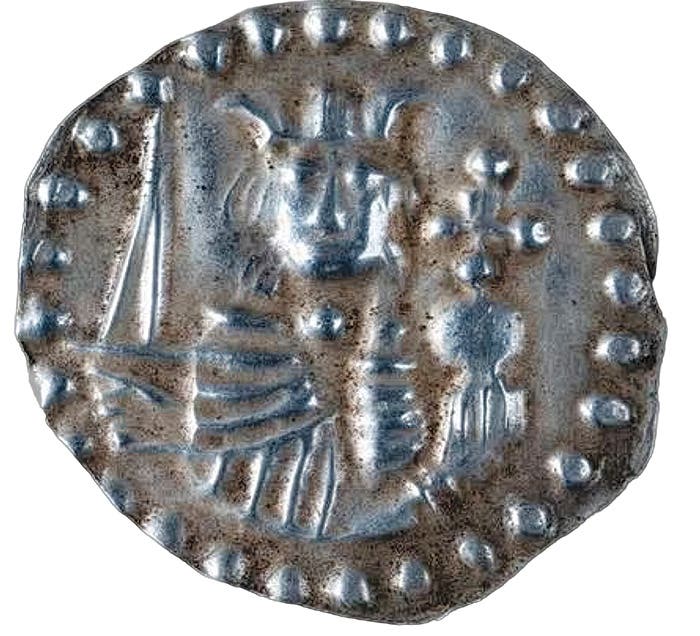Hastings battle changed history
Nine hundred and fifty years ago one of the most significant battles in history took place in southern England. Less than 20,000 combatants were involved but at the end of…
Nine hundred and fifty years ago one of the most significant battles in history took place in southern England. Less than 20,000 combatants were involved but at the end of the day, Oct. 14, 1066, the power balance in Western Europe had shifted forever. The first and only fully successful invasion and conquest of all England was well under way.
To mark the anniversary the Royal Mint has produced three precious metal 50 pence proofs: a 15.50 g .9167 fine gold, a 8.00 g .925 fine silver and a 16.00 g .925 fine silver piedfort. Mintages are 500, 6,000 and 3,000, respectively. A circulating cupronickel version will appear later this year.
The reverse design by sculptor John Bergdahl depicts the death of the last Anglo-Saxon king, Harold Godwinson, as depicted on the Bayeux Tapestry. The monarch has just been shot in the eye by a Norman arrow.
The tapestry is described in the Royal Mint’s media release as, “the only real visual record of the battle.” That ain’t necessarily so. Rather the tapestry is an outrageous piece of Franco-Norman propaganda that plays fast and loose with the facts. In many subtle ways it seeks to undermine the victor on the day: William Duke of Normandy a.k.a. William the Bastard – who had just become William the Conqueror.
The events leading up to the conquest started with the death of the childless King Edward the Confessor on Jan. 5, 1066. Four main claimants for the English throne promptly put up their hands. The day after Edward’s death, the richest and most powerful Anglo-Saxon noble, Harold Godwinson, was elected king by the Witenagemot (King’s Council/Electoral College) and immediately crowned as Harold II.
Three invasions of England followed. Harold first fought off his own brother Tostig. He then successfully defeated the Norwegian King Harald Hardrada in England’s north on Sept. 25.
Three days later William landed in England. Harold’s battered army had to mount a forced march southwards, gathering additional forces as it went.
William had a claim of sorts to the throne. Edward the Confessor had selected him as his successor in 1051. For his part William had long had his eye on England. It was rich and it was stable. It was full of valuable farmland and taxpayers. But in the 1060s Edward had a change of heart and anointed Harold as his heir.
When Harold rashly went to Normandy in 1064 he was imprisoned by William. One condition of his being allowed to return home was a pledge of allegiance to William. This included an acknowledgement that William would be the future King of England. Thus matters stood in 1066 when William arrived to relieve Harold of his crown.
William’s invasion fleet had set up camp outside Hastings. He was aware of Harold’s impending arrival and marched forth to meet him. Battle took place at the site of the present town of Battle. It commenced at about 9 a.m. with Harold’s forces massed on high ground.
Initial Norman efforts to break the English shield wall were ineffectual. At one point a rumor started that William had been killed, forcing him to ride into the fray with his face unprotected and shouting he was still alive.
When the Normans appeared to withdraw some of the English troops broke formation in pursuit. The Duke promptly led a counter-attack. He drove into the newly opened breaches in the shield wall. The English rallied but by nightfall had been overwhelmed. At battle’s end some 2,000 Normans and 4,000 Englishmen lay dead. Harold was killed late in the day.
Despite his victory, the English did not readily accept William as king. More fighting would be involved before the country and its nobles were bought to heel. But on Christmas Day 1066 William was crowned king and English history – and its numismatics – was changed forever.
This article was originally printed in World Coin News. >> Subscribe today.
More Collecting Resources
• The Standard Catalog of World Coins, 1601-1700 is your guide to images, prices and information on coins from so long ago.
• Subscribe to our monthly Coins magazine - a great resource for any collector!









